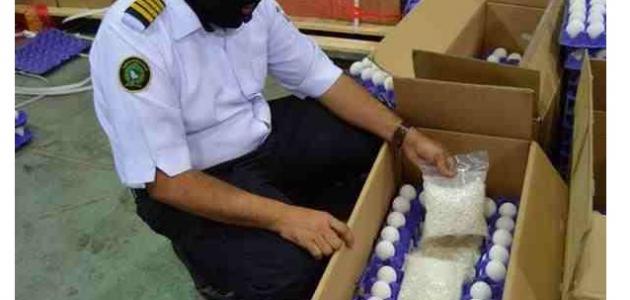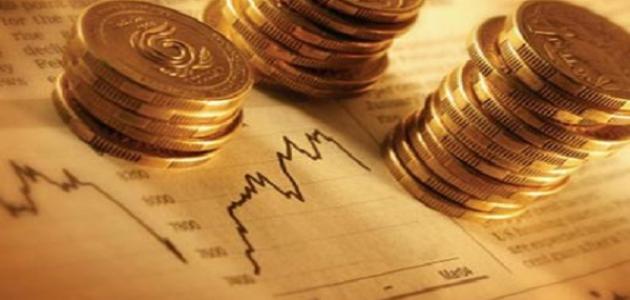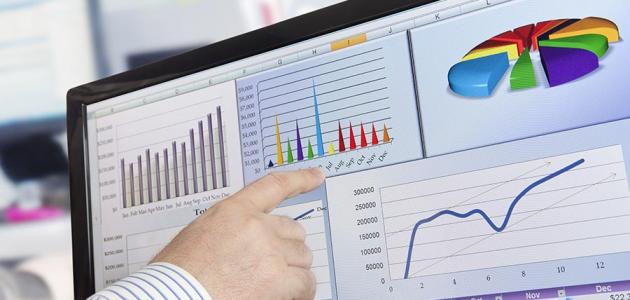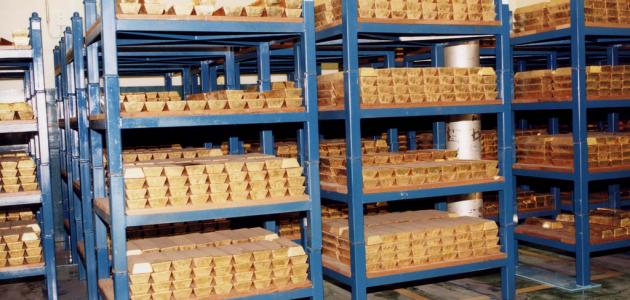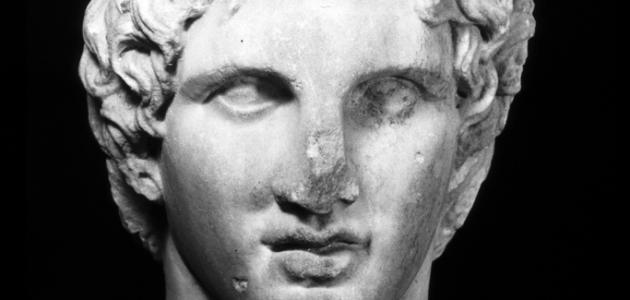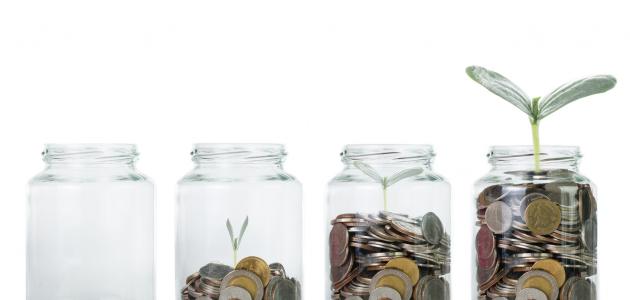the customs
Customs is the government body that has the authority to implement laws related to providing protection for exports and imports, and organizing the process of entry and exit of goods between countries. Customs is defined as a tax imposed on imported products. The origin of the term customs goes back to the Turkish language, and it is derived from the word (customs). ), and it was known in Arabic as (mix).
Another definition of customs is that it is a place located at airports, international borders, and seaports, and supervised by a group of individuals responsible for following up on travelers and goods exchanged between countries.
Customs history
Customs and customs duties have been known since ancient times. The Mesopotamian civilization, which was located in Iraq, was considered the first to be interested in applying customs. Legislation regarding customs duties was developed in the Roman era, and these laws contained crimes that cause harm to public interests. However, in the Middle Ages, they appeared Customs in England, and then the French provincial governors decided to impose these duties on the products that reached them, while imposing other duties on goods produced in French territory.
Customs became widespread in the Islamic era, but they were not known until the reign of Abu Bakr al-Siddiq - may God be pleased with him. During the reign of Caliph Omar bin Al-Khattab - may God be pleased with him - the Islamic state knew the tithe system, and the tax system was later applied to deal with exports from the Arabian Peninsula. ; Which led to the imposition of three types of taxes: It is the land tax, and the tax specific to the People of the Book. That is, the non-Muslim population, and customs duties.
Read also:Interview and negotiation techniquesDuring the era of the Umayyad dynasty, the tithe system applied during the era of Caliph Omar bin Al-Khattab - may God be pleased with him - continued to be used, and interest continued in protecting borders and facilitating foreign trade operations. During the rule of the Ottoman Empire, the Ottomans were keen to sign treaties and agreements to regulate trade with European countries. The modern era of customs emerged with the imposition of the Egyptian Penal Code in 1883 AD. He was concerned with collecting customs duties, which were known as correspondence, and in 1963, Turkey issued the customs list, which it informed the countries surrounding it.
Customs objectives
The Customs Department aims to achieve a set of strategic objectives, the most important of which are:
- Reducing illegal activities in the field of trade by combating smuggling.
- Participate in stimulating and supporting the investment business environment.
- Strengthening and supporting all financial resources of the state treasury.
- Developing and improving the performance of institutions.
- Achieving a set of values, such as: professionalism, integrity, and joint work within the team.
tariff
In 1927 AD, the World Economic Conference issued a recommendation that referred to the unification of customs tariffs among all countries of the world, and a committee containing a group of experts was interested in formulating a draft model customs tariff in Geneva. In 1950 AD, a new customs tariff agreement was signed in Brussels, and in 1955 AD this became The agreement is a reference for Arab customs experts when preparing the customs tariff schedule for the League of Arab States, and in 1956 AD the League’s Economic Council approved this agreement.
Read also:Definition of rent economyThe customs tariff is divided into several sections, each of which is concerned with implementing a specific function. Below is information about the most important of these sections:
- Customs item: It is a set of procedures that are applied after carrying out the inspection of the goods in order to reach the stage of collecting the duties imposed on them, or the items may concern the name or quality of the goods, and the general item is divided into several partial items; With the aim of adding high duties on imported goods (foreign goods) that are similar to locally produced goods, this also contributes to imposing reduced customs duties on industrial and agricultural fields.
- Legal notes: It is a section of the customs tariff schedule, and it contributes to clarifying the topics and items of this tariff in order to enhance understanding of it, and define its functions according to detailed points.
- Rules explaining the tariff schedule: They are general rules found at the beginning of the customs tariff schedule, and are used to interpret customs items to clarify the conflict, similarity, or duplication between them. These rules also help explain the importance of the items, and apply the method that must be followed to classify goods that are not classified in an easy way.
Customs protection
Customs protection is one of the things that provides protection for various goods, but the rates for this protection cannot be determined through the nominal customs tariff. Rather, it depends on determining the actual protection rates applied by the exporting country, whether developing or developed, and the quality of the goods exported, such as goods Manufactured products or raw materials, and thus it clearly appears that the nominal tariff is witnessing a development in protection rates in accordance with the customs policies applied in the industrial market. By following up on the source of goods, and any regional or collective modifications that affect them.
Read also:Definition of accountingThe basis for calculating the customs tariff
The calculation of the customs tariff value for imported goods is based on the commercial value of the imported goods, after adding the transportation and shipping costs for them until they enter the taxable customs zone. The commercial value of the imported goods is sometimes determined by relying on the invoices that importers submit as documents attached to the document. Customs declaration, unless there is evidence to the customs administration that there has been fraud in the details of these invoices in order to implement tax evasion by relying on the use of unreal prices.
When a case of fraud in the prices of goods arises for the purpose of tax evasion, the customs administration has the right to re-evaluate the products by relying on their selling prices in the country of origin. That is, those manufactured in it, or by relying on invoices submitted by other importers, and containing information about goods similar to goods with fraudulent prices, but their manufacture must return to the same country of origin, and customs tariffs are applied based on percentages that constitute part of the value of the imported goods. Or lump sum amounts of money that are units of measurement for the quantity of goods, such as liters and kilograms.
